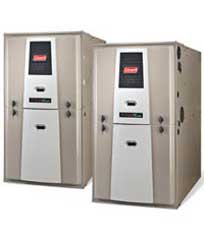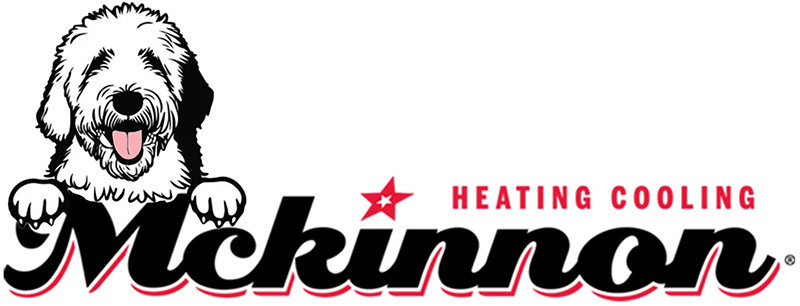 HVAC stands for Heating, Ventilation, and Air Conditioning. Both residential and commercial property owners can have HVAC systems installed and while the essential components of each will be similar, the work that may be required to repair an HVAC system for a home will generally be different than that for a commercial building.
HVAC stands for Heating, Ventilation, and Air Conditioning. Both residential and commercial property owners can have HVAC systems installed and while the essential components of each will be similar, the work that may be required to repair an HVAC system for a home will generally be different than that for a commercial building.
The purposes of HVAC systems in both homes and businesses is to help maintain a consistent and comfortable indoor environment throughout the year, regardless about whether it’s the dead of winter or dog days of summer.
The more that you know and understand HVAC systems and the components that comprise them, the more you’ll be prepared to help ensure that everything is working properly and in tip-top shape.
The Furnace
The heating system, also commonly referred to as the furnace is one of the cornerstones of the entire HVAC system. These units are usually installed in the basement of homes. They will burn fuel, either natural gas, propane, or home heating oil and generate heat.
It’s important to have your furnace inspected and cleaned before every new heating season (winter) to help ensure that it operates at the highest efficiency, saving you money throughout the winter.
Heat Exchanger
Every furnace has a heat exchanger. This is where cold air from outside is carried in and heated before being sent out to the home or building through the ducts.
Condenser Unit
This is commonly referred to as the air conditioning unit and is installed outside the home or building. It uses refrigerant lines to cool the air that is then carried through the ducts inside.
Debris, leaves, dirt, and other factors can impact the functioning of the condenser unit, so it’s a good idea to have it inspected and cleaned and have the refrigerant checked to ensure that there is enough in the system to keep you cool.
Ducts
The ducts carry the hot and cool air throughout your home or business. These should be cleaned regularly and you should also ensure that they are sealed. If a seal is broken or there is a gap, this can cause hot or cold air to escape in the walls, in the basement, or other places where it’s not needed.
Have your HVAC system checked twice a year, once in the spring to ensure that the cooling system is functioning properly and once in the fall to ensure that the heating system is ready for winter.

